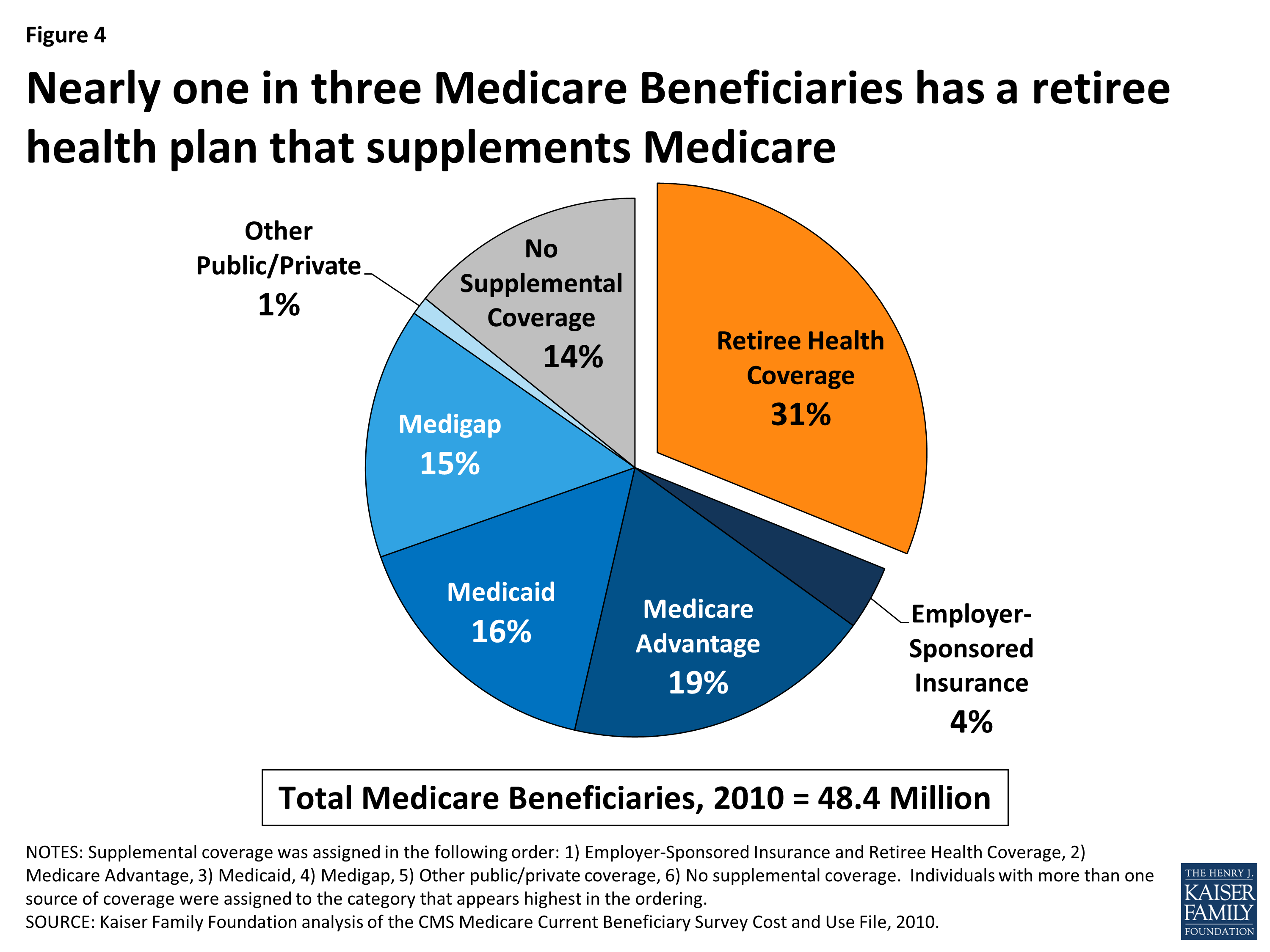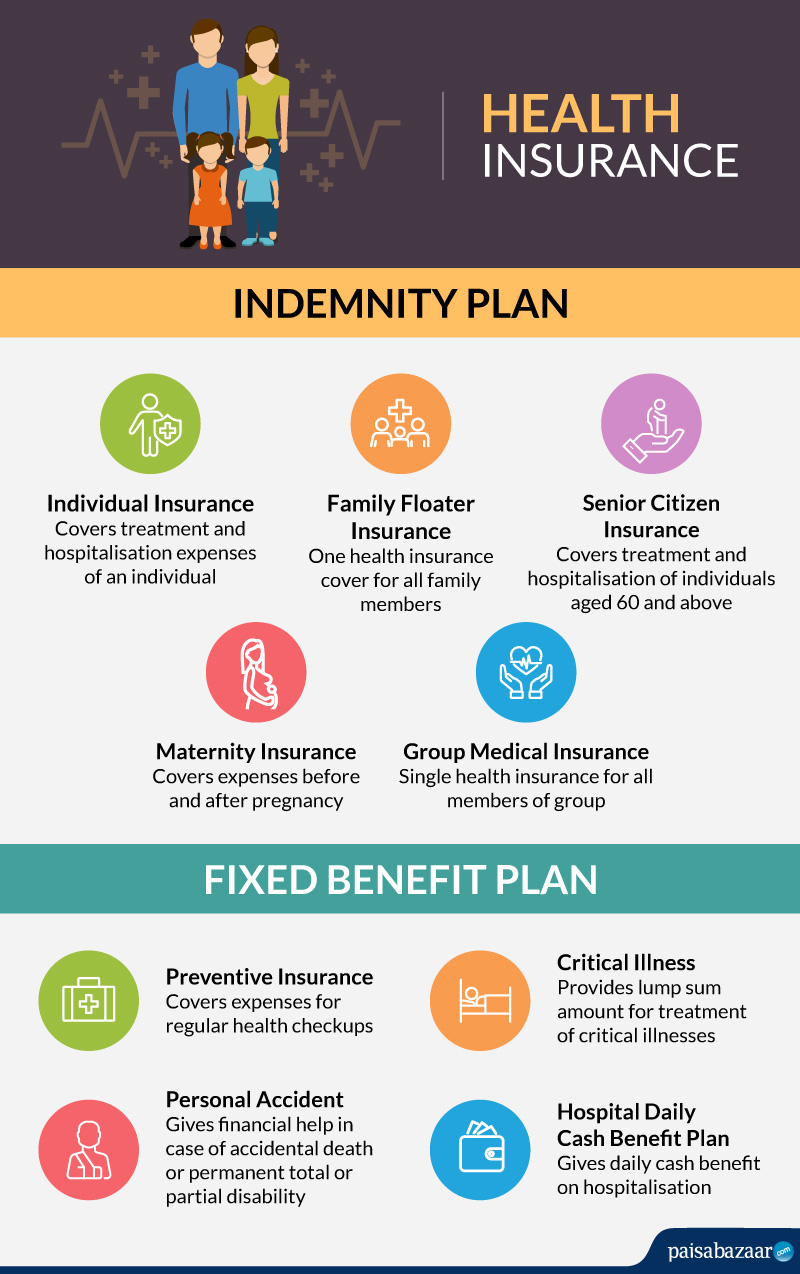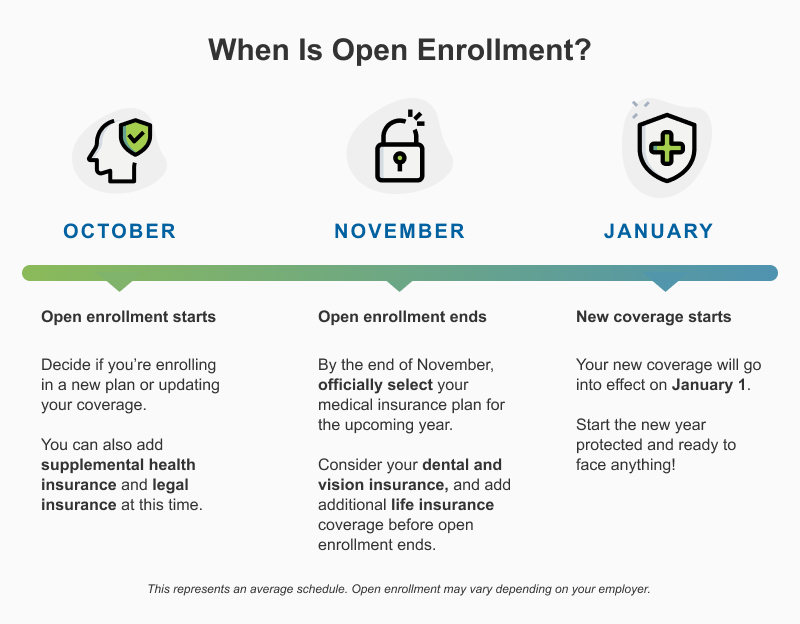Not known Details About Medicare Advantage Agent
Table of ContentsAll about Medicare Advantage AgentThe 8-Minute Rule for Medicare Advantage AgentMedicare Advantage Agent Things To Know Before You Buy


follows from complies with the relatively young reasonably profile of account uninsured with the better healthMuch better health and wellness average, of younger personsMore youthful For those without access to office health insurance coverage, bad health and wellness is a prospective obstacle to buying nongroup protection since such protection might be very priced, omit preexisting conditions, or be merely unavailable. Unless or else noted, nationwide quotes of people without health insurance and proportions of the population with various kinds of coverage are based on the CPS, the most commonly utilized source of estimates of insurance coverage and uninsurance rates.

Some Known Incorrect Statements About Medicare Advantage Agent
The partnership between wellness insurance coverage and access to care is well developed, as documented later on in this chapter. The partnership in between health insurance coverage and wellness outcomes is neither straight neither easy, a substantial clinical and health and wellness solutions study literature web links wellness insurance coverage
to improved enhanced accessibility care, better far betterTop quality and improved personal and population populace wellnessCondition The 2nd record, on individual health results for without insurance grownups, is represented by the innermost circle of the figure, while the 3rd record, on family wellness, incorporates the subjects of the second record however emphasizes a different device of evaluation, specifically, the family.
It focuses particularly on those without any type of wellness insurance policy for any length of time. The problems dealt with by the underinsured remain in some areas comparable to those encountered by the uninsured, although they are typically less serious. Uninsurance and underinsurance, nevertheless, entail clearly various plan issues, and the techniques for addressing them may vary. Throughout this study and the five records to adhere to, the primary emphasis is on individuals without medical insurance and thus no help in paying for health care beyond what is available via charity and safeguard institutions. Wellness insurance policy is an effective variable impacting receipt of care because both patients and medical professionals react to the out-of-pocket cost of solutions. Health and wellness insurance, however, is neither essential nor sufficient to acquire access to clinical solutions. Nevertheless, the independent and direct effect of wellness
insurance coverage on accessibility to health and wellness solutions is well developed. Others will get the healthcare they need also without health insurance policy, by spending for it expense or seeking it from service providers that supply treatment totally free or at very subsidized rates. For still others, medical insurance alone does not guarantee invoice of care as a result of other nonfinancial obstacles, such as an absence of health treatment suppliers in their area, minimal access to transportation, illiteracy, or etymological and social differences. Formal study regarding without insurance populations in the United States dates to the late 1920s and very early 1930s when the Board on the Price of Healthcare produced a series of records concerning financing doctor office sees and hospital stays. This problem came to be significant as the numbers of clinically indigent climbed during the Great Anxiety. Empirical researches regularly sustain the link in between accessibility to care and boosted health results(Bindman et al., 1995; Starfield, 1995 ). Having a normal resource of care can be taken into consideration a forecaster of accessibility, as opposed to a straight action of it, when health outcomes are themselves made use of as accessibility indicators. This extension of the notion of gain access to dimension was made by the IOM Board on Monitoring Gain Access To to Personal Wellness Treatment Provider(Millman, 1993, p. Whether or not parents are insured appears to impact whether their youngsters get care along with how much careeven if hop over to these guys the children themselves have coverage(Hanson, 1998). The health of parents can affect their ability to care for their youngsters and the degree of household anxiety. Bothering with their children's accessibility to care is itself a resource of stress and anxiety for moms and dads. 3 phases adhere to in this record. Chapter 2 offers an overview of just how employment-based wellness insurance, public navigate to this site programs and specific insurance coverage policies run and interact to offer extensive yet insufficient insurance coverage of the united state populace. This includes a testimonial of historic patterns and public policies affecting both public and private insurance policy, a conversation of the interactions amongst the various kinds of insurance policy, and an examination of why individuals move from one program to another or wind up
